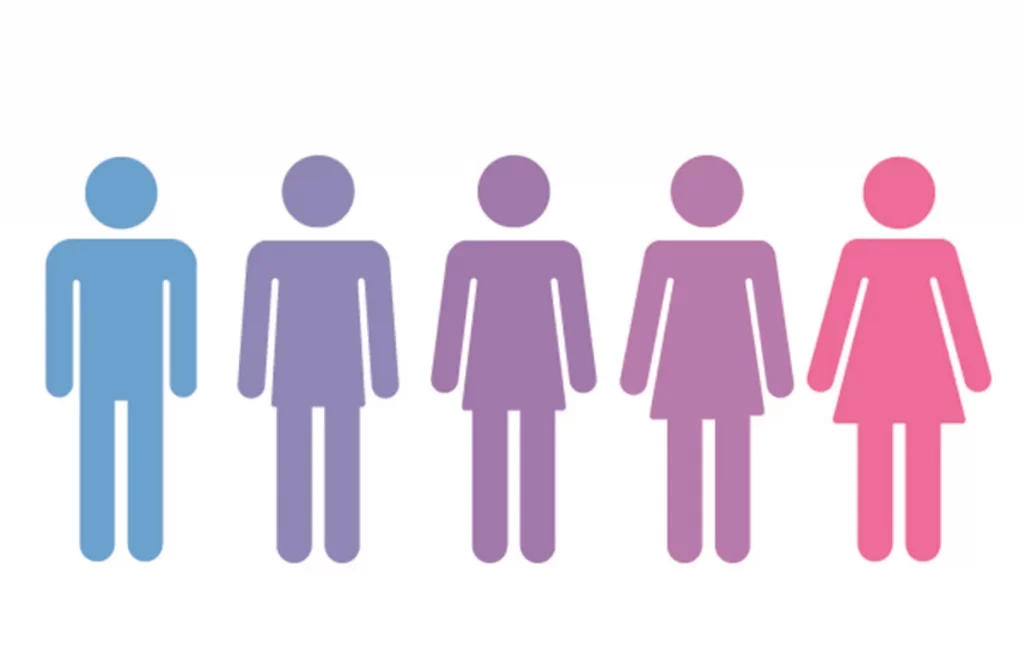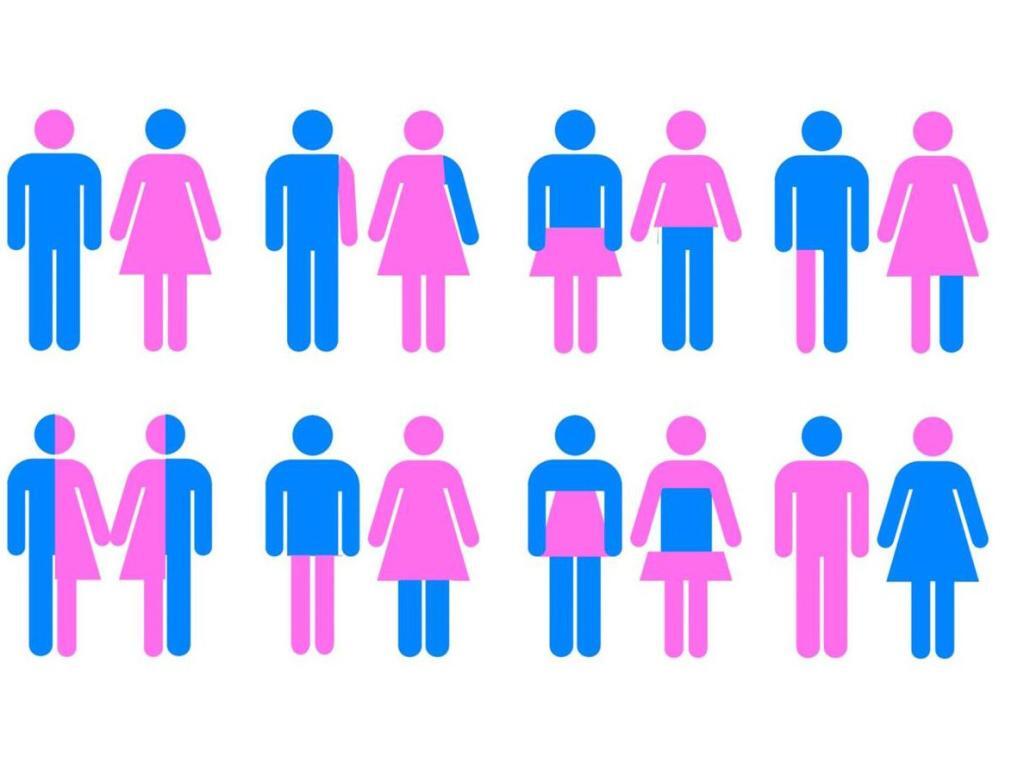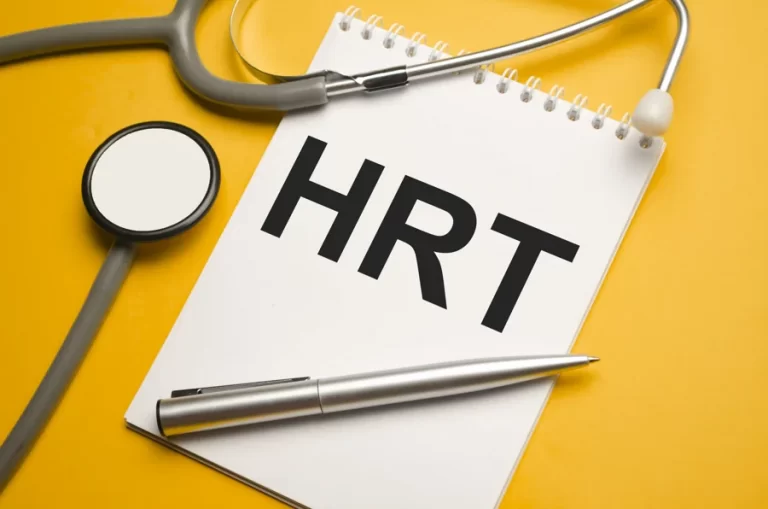In today's increasingly diverse and inclusive world, it's essential to recognize the wide range of gender identities that people may identify with. Understanding these identities can help promote empathy, respect, and support for individuals of all genders. Below, we'll explore some common gender identities and provide a brief explanation of each.
The History of Gender Identity and Expression
Throughout human history, gender identity and expression have evolved and been shaped by various cultural, social, and historical factors. It's essential to recognize the binary understanding of gender, which separates people into male and female categories. This is just one way of interpreting the diverse range of human experiences related to gender. By exploring the rich history of gender identity and expression across different cultures and time periods, we can gain a deeper understanding of the many ways people have navigated and expressed their gender.
Cisgender
Cisgender refers to individuals whose gender identity aligns with the sex they were assigned at birth. For example, a person who was assigned male at birth and identifies as a man would be considered cisgender. Cisgender individuals make up the majority of the population and often enjoy a level of privilege that comes with having their gender identity easily understood and accepted by society.
Cisgender people may not always be aware of the challenges faced by those with different gender identities. It's essential for cisgender individuals to educate themselves about other gender experiences and strive to create an inclusive environment for everyone, regardless of their gender identity.
Transgender
Transgender is an umbrella term for people whose gender identity differs from the sex they were assigned at birth. A transgender person may identify as a man, woman, or non-binary gender. The process of aligning one's life and physical appearance with their gender identity is often referred to as transition.
Transitioning can involve various steps, such as hormone therapy, surgery (Sex Reassignment Surgery (SRS)), or changes in clothing, name, and pronouns. It's important to recognize that every transgender person's journey is unique. And the steps they take in their transition may differ. As a society, we must respect and support transgender individuals as they navigate their personal journeys toward self-acceptance and authenticity.
Non-binary
Non-binary is a term that encompasses gender identities that do not fit within the traditional binary understanding of male and female. And Non-binary people may identify as having a gender that is outside the binary or a combination of both male and female. Some non-binary individuals may also identify as genderqueer, which similarly challenges the binary notion of gender.
It's crucial to respect non-binary individuals' pronouns and recognize that their gender identity is just as valid as any other. Understanding non-binary gender identities can help foster a more inclusive society that recognizes and celebrates the diversity of human experiences.
Genderfluid
Genderfluid individuals experience their gender identity as changing or fluctuating over time. They may feel more masculine, feminine, or a combination of both at different moments. A genderfluid person's gender expression may also change to reflect their current gender identity.
It's essential to be respectful and supportive of genderfluid individuals by using their preferred pronouns and acknowledging the validity of their gender identity. By understanding and accepting the dynamic nature of genderfluid identities, we can create a more inclusive and empathetic society.
Agender
Agender individuals do not identify with any gender. They may feel that they have no gender, or that the concept of gender does not apply to them. Agender people may express themselves in various ways, such as dressing androgynously or using gender-neutral pronouns like "they" or "them."
Respecting agender individuals means acknowledging their unique experiences and using their preferred pronouns. By recognizing the wide range of gender identities, including those who don't identify with any gender, we can create a more inclusive and supportive environment for everyone.
Demigender
Demigender individuals partially identify with a specific gender (e.g., male or female) but not entirely. They may feel a connection to a certain gender but also feel that their gender identity is more complex than just male or female. Demigender people may identify as demiboy, demigirl, or other terms that reflect their unique experience of gender.
Supporting Demigender:
Supporting demigender individuals involves acknowledging their unique gender identity and using their preferred pronouns. As with any gender identity, it's important to listen, learn, and create an environment where everyone's experiences are valued and respected.
Bigender
Bigender individuals identify with two distinct genders, often male and female, but not necessarily limited to those. They may experience these genders simultaneously or switch between them at different times. Bigender people may express themselves in various ways to reflect their dual gender identity and may use different pronouns depending on their current gender identity.
To respect and support bigender individuals, it's crucial to acknowledge their unique gender experience, use their preferred pronouns, and create an inclusive environment that recognizes the diversity of gender identities.

Two-Spirit
Two-Spirit is a term used by some Indigenous people in North America to describe their gender identity, spirituality, and social roles. Historically, Two-Spirit individuals often held important positions within their communities, including being healers, leaders, and mediators. The term "Two-Spirit" encompasses a wide range of gender identities and expressions, which vary among different Indigenous cultures.
It's important to respect and honor the unique experiences and cultural significance of Two-Spirit individuals. By recognizing the diverse range of gender identities that exist within Indigenous cultures, we can support the continued resilience and strength of these communities.
Androgynous
Androgynous individuals often present themselves in a way that is not distinctly masculine or feminine, blending elements of both genders. Their gender identity may be fluid, non-binary, or otherwise not confined to the traditional binary understanding of male and female. It's important to note that androgynous is an expression and not necessarily a gender identity in itself.
To support androgynous individuals, it's essential to respect their unique gender expression and use their preferred pronouns. By embracing diverse expressions of gender, we can create a more inclusive and understanding society.
In conclusion, understanding and respecting various gender identities are vital for creating an inclusive and supportive environment for everyone. It's important to listen, learn, and adapt our language and behavior to recognize the unique experiences of people with diverse gender identities.
Genderqueer
It is a term that falls under the umbrella of non-binary or gender-nonconforming identities, which encompasses a wide range of gender experiences that do not exclusively align with the traditional binary understanding of male or female. The genderqueer identity is an important and valid form of self-identification and self-expression for many individuals.
The concept of genderqueer challenges the idea that there are only two rigid categories of gender. Instead, genderqueer individuals may understand their gender as being fluid, a combination of male and female, or as something entirely distinct from these traditional categories. The genderqueer identity allows people to express and explore their gender in ways that feel most authentic to them. Without being confined to society's expectations of masculinity or femininity.
Genderqueer people may have a variety of experiences, as there is no single definition or expression of this identity. Some may identify as both male and female or move between these identities, while others may reject the notion of gender entirely. This diversity of experiences and expressions highlights the complexity of the genderqueer identity.
It is important to respect and acknowledge the genderqueer identity. As it contributes to a more inclusive and accepting understanding of gender. Using appropriate pronouns and language, as well as taking the time to learn about the experiences of genderqueer individuals, can help to create a more supportive and affirming environment.
Frequently Asked Questions about Gender Identity and Expression
As we strive to create a more inclusive and understanding society, it's natural to have questions about the complex and diverse world of gender identity and expression. In this section, we've gathered some of the most common questions. And provided friendly, clear answers to help you better understand this important topic. By addressing these questions, we hope to foster greater empathy and respect. As well support for individuals of all gender identities and expressions.
How do I know which pronouns to use for someone?
The best way to know which pronouns to use for someone is to ask them directly. If you're unsure, it's always better to ask politely than to assume. You can also pay attention to how the person refers to themselves or how others address them to gain an understanding of their preferred pronouns.
What does it mean to be genderqueer?
Genderqueer is a term that encompasses various gender identities that do not fit within the traditional binary understanding of male and female. People who identify as genderqueer may have a fluid or non-binary gender identity and may express themselves in diverse ways that challenge societal expectations of gender.
Can a person’s gender identity change over time?
Yes, a person's gender identity can change over time as they grow and develop a deeper understanding of themselves. Gender identity is a complex and personal aspect of a person's identity, and it's important to respect and support individuals as they navigate their unique experiences related to gender.
What is the role of hormones in gender identity?
Hormones play a crucial role in the development of secondary sex characteristics, such as facial hair, muscle mass, and voice pitch. For transgender and non-binary individuals, hormone therapy can help align their physical appearance with their gender identity, which can be an essential part of their transition process.
How can I be a good ally to people with diverse gender identities?
Being a good ally involves educating yourself about different gender identities, listening to the experiences of others, and using inclusive language. It's also important to challenge stereotypes and assumptions, advocate for inclusive policies and practices, and support organizations that promote gender diversity and inclusion.
What is the history of the gender binary?
The gender binary, which separates people into male and female categories, has been shaped by various cultural, social, and historical factors. While some societies have recognized and celebrated diverse gender identities and expressions, others have enforced strict norms and expectations related to gender. The history of the gender binary is complex and varies across different cultures and time periods.
What is the role of culture in shaping gender identity and expression?
Culture plays a significant role in shaping gender identity and expression by influencing the norms, expectations, and values associated with being male, female, or another gender. Cultural beliefs and practices can vary widely, leading to diverse understandings and expressions of gender across different societies. It's important to recognize that one's cultural context can greatly impact their experience of gender, and it's crucial to consider this when supporting individuals with diverse gender identities and expressions.
What is the significance of gender-neutral language?
Gender-neutral language is a way of speaking and writing that avoids making assumptions about a person's gender or reinforcing gender stereotypes. Using gender-neutral language, such as using "they" instead of "he" or "she" when referring to someone whose gender is unknown or unspecified, can help create a more inclusive and respectful environment for people of all gender identities. Embracing gender-neutral language is an important step toward acknowledging and respecting the diverse range of human experiences related to gender.
How can I learn more about different gender identities and expressions?
There are many ways to learn more about different gender identities and expressions, including reading books and articles, attending workshops and seminars, and connecting with people who have diverse gender experiences. You can also seek out organizations and support groups that focus on gender diversity and inclusion, as they often provide valuable resources and information. By continuing to educate yourself and engage in conversations about gender, you can deepen your understanding and become a more empathetic and supportive ally to people with diverse gender identities and expressions.




